From a zoological perspective, hillstream loaches belong to the family Gastromyzontidae and are very close relatives of the brook loaches, which belong to the family Balitoridae. Hillstream loaches are adapted to life in flowing water. Their pelvic and pectoral fins are enlarged and look like the spoilers of a car. The water flowing over the fish sitting on the bottom presses them against the substrate so that they can hold themselves in place without exerting any force. In some species, this fin apparatus is so effective that it acts like a suction device and enables the animals to climb up waterfalls!
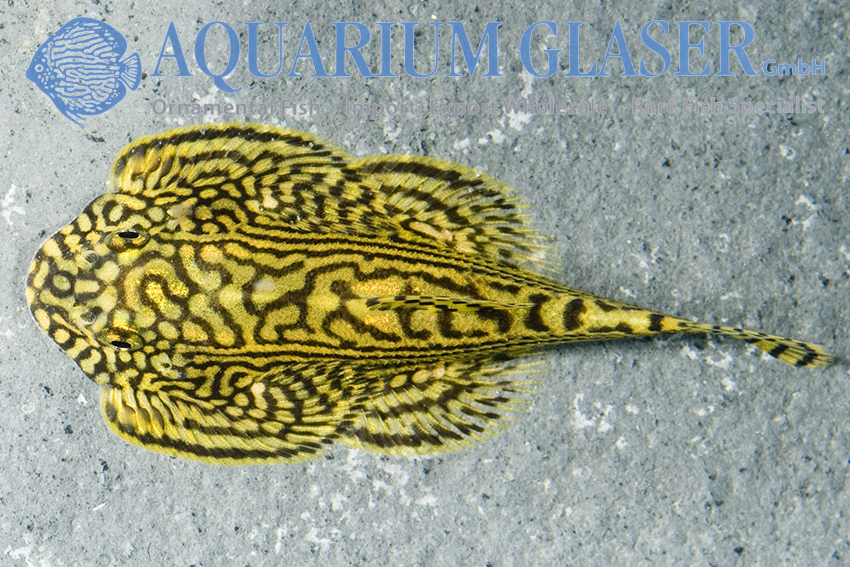
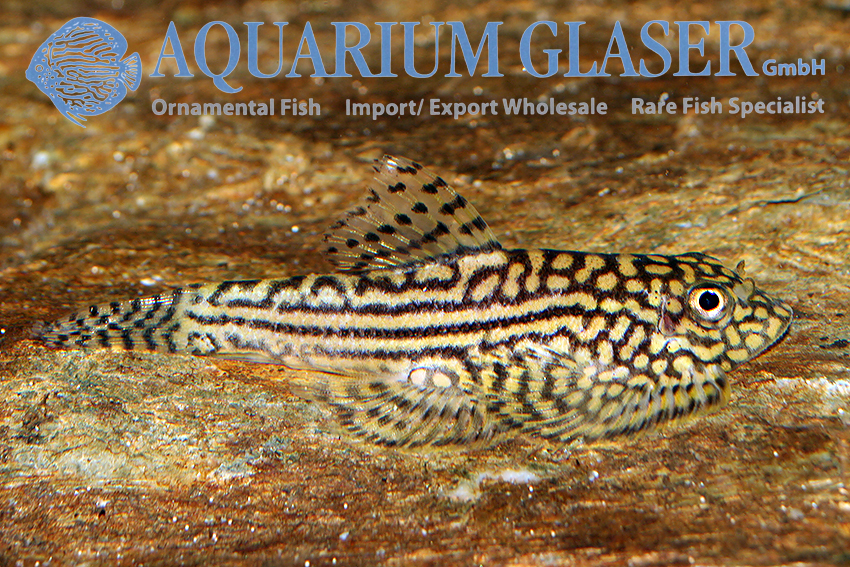
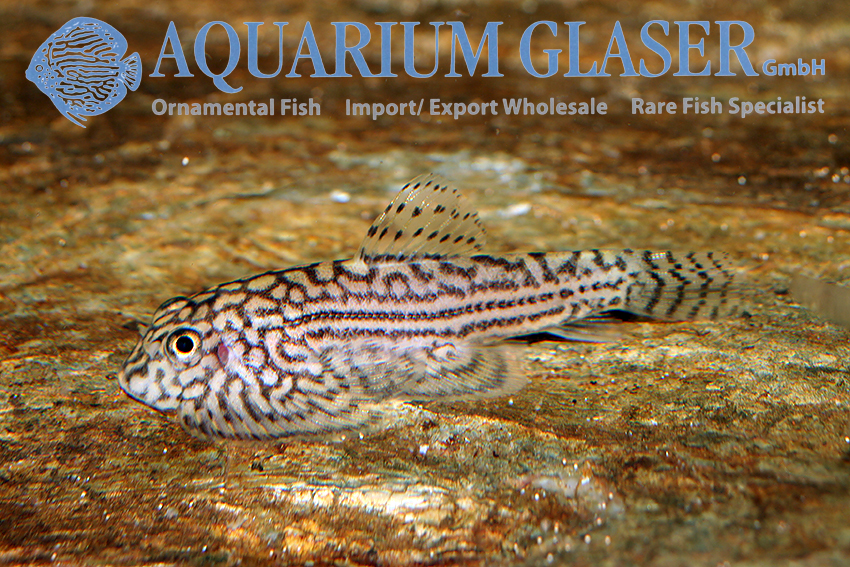
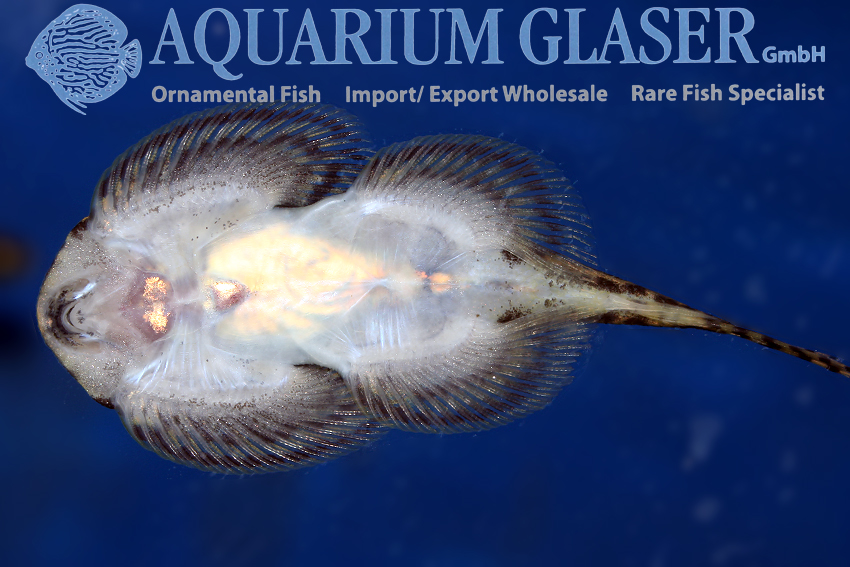
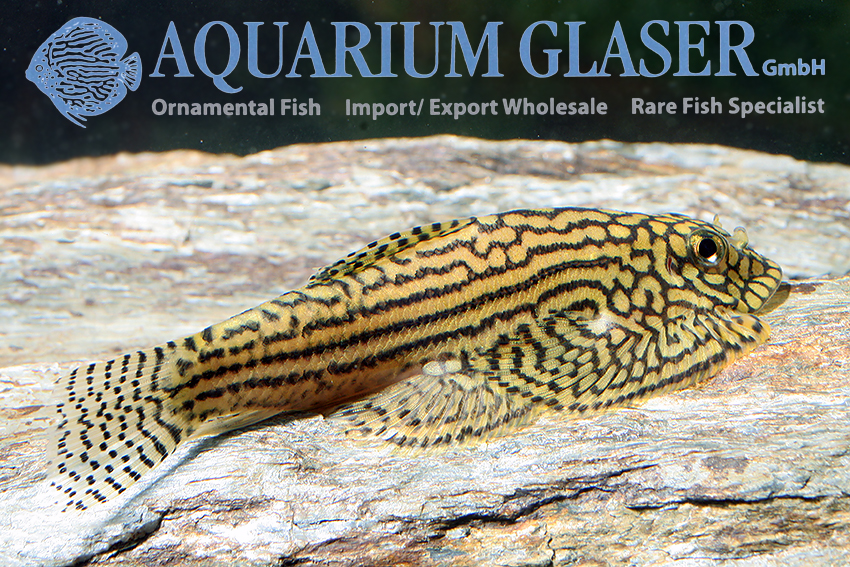
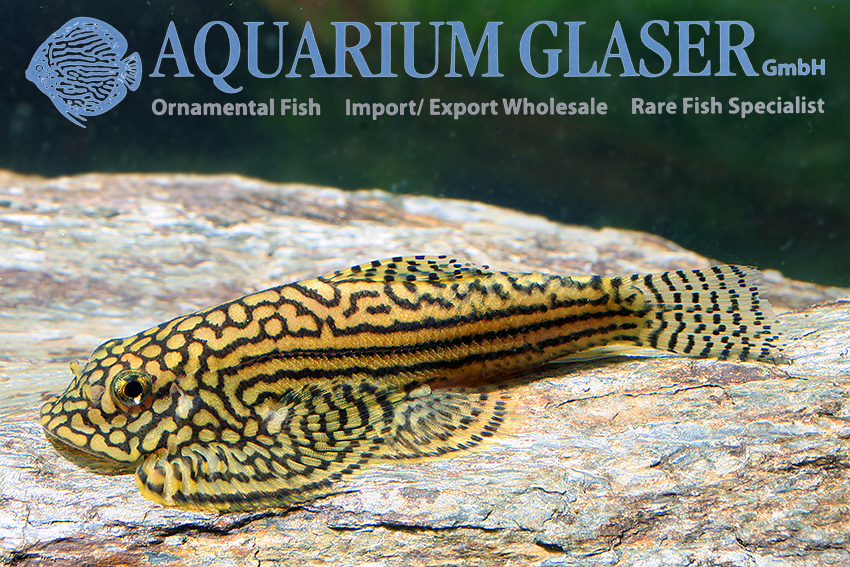
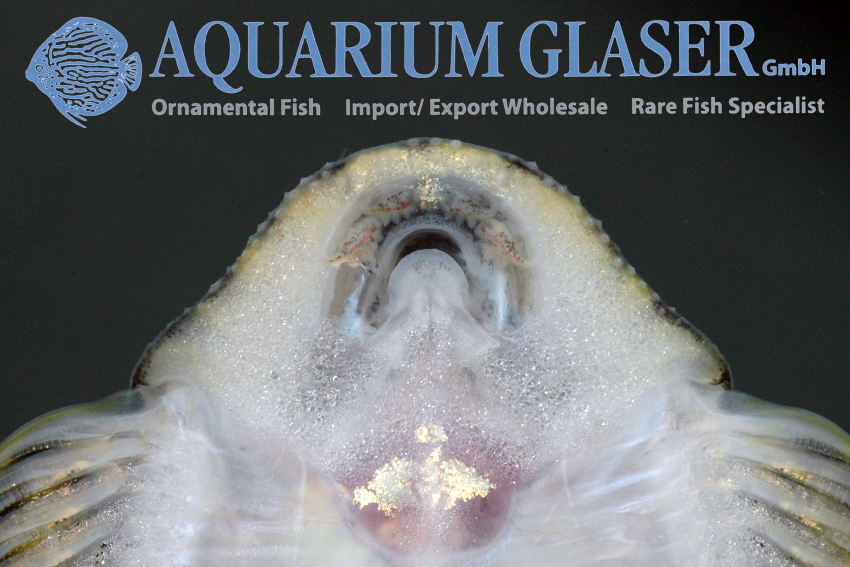
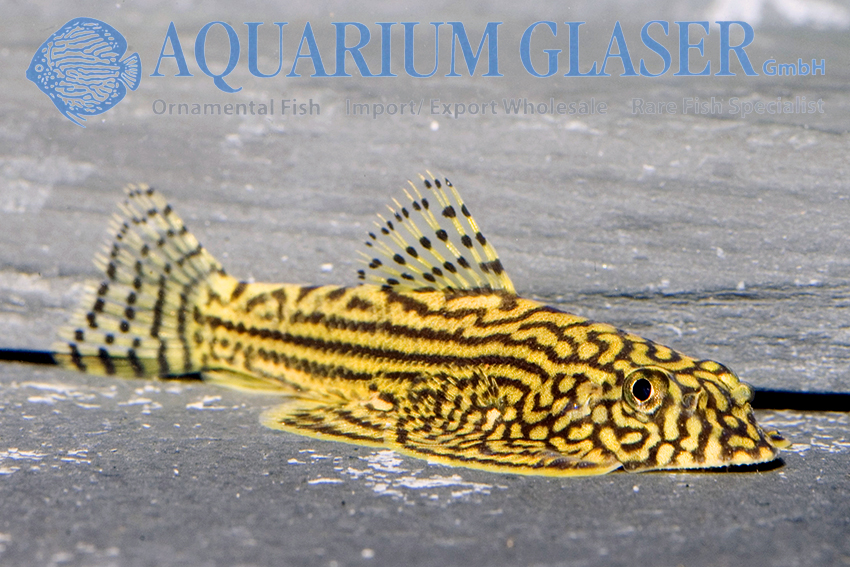
Hillstream loaches are small animal eaters. They also eat algae. They can be fed a variety of frozen foods in the aquarium, live food is of course also popular and many also eat dry food. Hillstream loaches usually get on well with each other, at most there will be the occasional small chase. Other fish are completely ignored.
A hillstream loaches aquarium should be set up like a stream, i.e. contain stones and roots and have a strong current. Planting is of secondary importance. All hillstream loaches are very sensitive to nitrite.
Recently, breeding has been more successful, as aquaristic ambition has developed since the import of the spectacular Sewellia lineolata. The females grow larger and are fuller. They are permanent spawners that spawn constantly. Breeders offer pebble piles for this purpose, which are made of gravel with a grain size of 2-4 cm. The eggs disappear into the gaps in the gravel and are thus protected from the voracious parents. The young also grow in the gaps until they reach a size where they are no longer regarded as food by the parents.
Sewellia lineolata is certainly one of the most attractive hillstream loaches. Its area of origin is rivers and streams in Vietnam. There they live in fast-flowing sections of water with sometimes rapid currents.
They like it a little cooler in the aquarium – heating is not absolutely necessary for their well-being. As diurnal insect and mollusc eaters, they are a real enrichment to the range of East Asian fish.
For our customers: Sewellia lineolata has code 455052 (md), 455053 (lg) and 455054 (xlg) on our stocklist. Please note that we only supply the wholesale trade.
Text & photos: Frank Schäfer & Erwin Schraml




